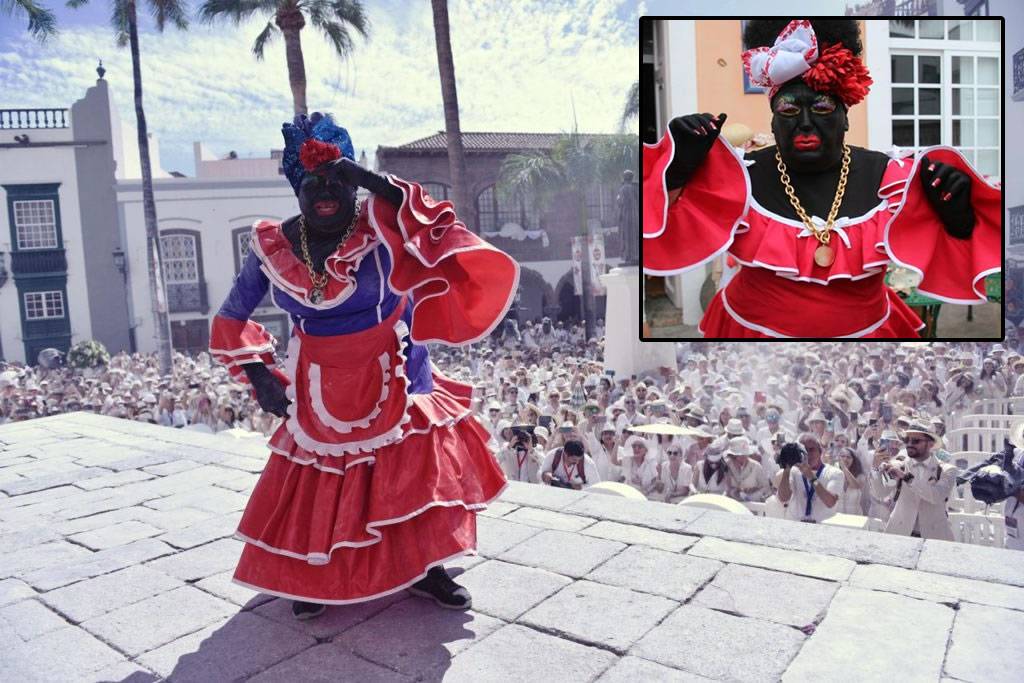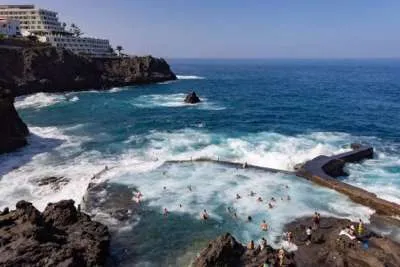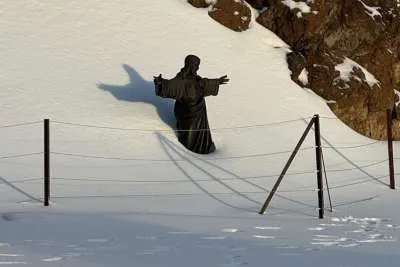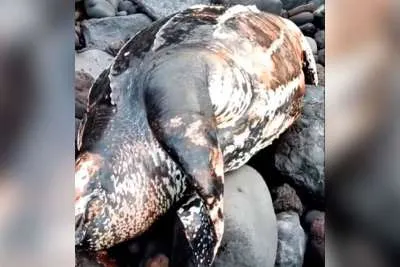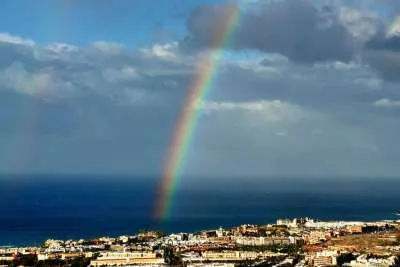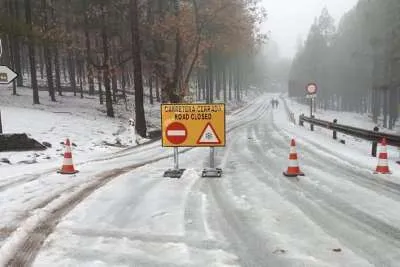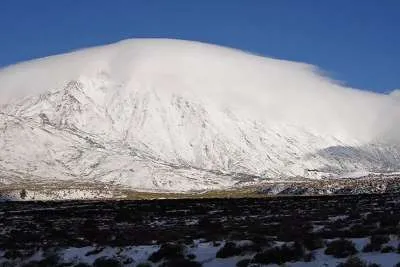‘Negra Tomasa’ arrives in La Palma to a 60,000 strong crowd for Los Indianos
- 13-02-2024
- National
- Canarian Weekly
It’s the one part of the carnival celebrations in the Canary Islands that people in the know don’t understand, particularly the British, and that’s the character of Negra Tomasa, or Black Tomasa, the central character of the Los Indianos festivities in La Palma.
Carnival Monday in the capital of La Palma has been linked to Los Indianos for almost 60 years. Indiano was an emigrant who left the Canary Islands in search of a better life in the Americas and who returned after having achieved wealth and prosperity.
These migratory flows occurred between the 16th and early 20th centuries. Cuba was the main destination for the Palmeros, and when they returned with their dreams of fortune fulfilled, they were received with celebrations upon their arrival at the port.
The carnival party parodies that historical moment and appeared for the first time in the 1920s, when a group of friends organized the Los Indianos Parade. It was consolidated in 1966 when Los Indianos became part of the Carnival program. And since then, Carnival Monday has been an essential event for thousands of La Palma citizens, most of them returning from other islands for the event, as could be seen yesterday, as the population of the city tripled.
Negra Tomasa is the central figure of this traditional celebration, but causes confusion and divide to sectors of the public, as ‘she’ is a man not only dressed as a woman, but with black face paint. This then leads to hundreds of people, including school children, adorning the same face paint as they perform a 'Mataculebra', an ancient ritual that arrived to the Islands at the end of the 19th century with the help of Canarian emigrants who returned from Cuba.
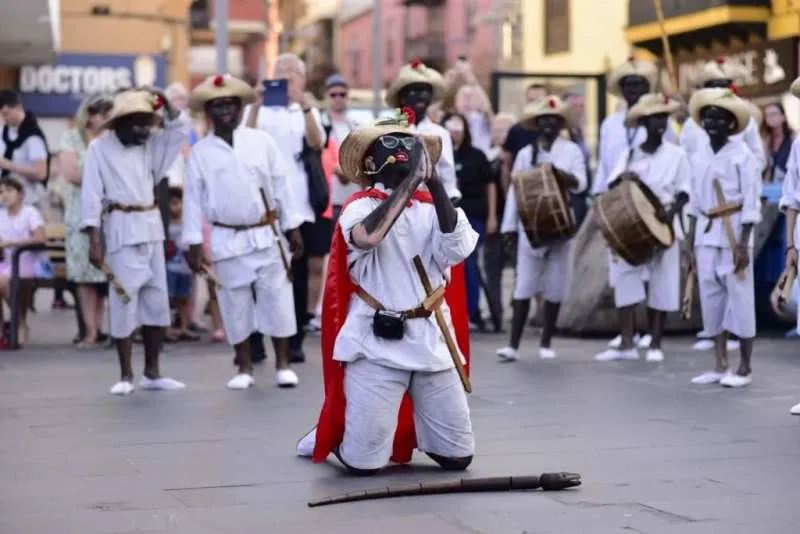
Dressed in white clothes and their faces painted black, the boys and girls from the municipality's schools yesterday sang and danced to the sound of the drum through the streets as they headed to Plaza de España which was renamed Plaza de Cuba for the day.
This unique way of celebrating Carnival, which is part of the stage differentiated as emigration folklore, corresponding to one of the zoolatric rites that black slaves contributed to the cultures of different countries in South and Central America to, in a sarcastic tone, criticises the slavery they suffered at the end of the 19th century.
The arrival of Negra Tomasa is similar to that of the Three Kings or Carnival Queen, and yesterday morning 60,000 people were there to greet her and partied to live music and DJs long into the night, along with the tradition of throwing talcum powder over each other as part of the celebration.
Other articles that may interest you...
Trending
Most Read Articles

Featured Videos
A Vision of Elvis Tenerife Promo
- 10-05-2025
TEAs 2025 Highlights
- 17-11-2025


